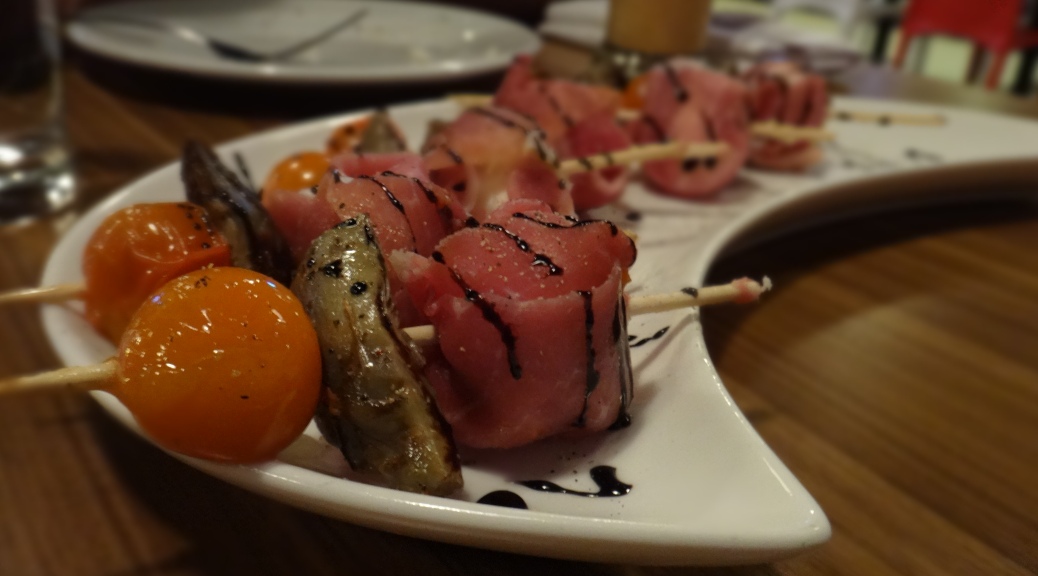
Using the Uniqsis FlowSyn flow chemistry system researchers from the UCB Biopharma. Belgium
have developed a flow synthesis of 2-substituted 1,2,3-triazoles that
demonstrates improvements over the conventional batch route.
The
route involves the diazotisation of anilines and condensation with
malononitrile followed by the nucleophilic addition of ammonia or an
alkylamine and finally a novel copper catalysed cyclisation. The
intermediate azide was generated and consumed
in situ which enabled safe scale up under the flow-through conditions employed.
DOI: 10.1002/chem.201402074
Multistep Flow Synthesis of 5-Amino-2-aryl-2H-[1,2,3]-triazole-4-carbonitriles
Authors, Dr. Jérôme Jacq, Dr. Patrick Pasau
Corresponding author
- UCB Biopharma, Avenue de l'Industrie, 1420 Braine l'Alleud (Belgium)
- UCB Biopharma, Avenue de l'Industrie, 1420 Braine l'Alleud (Belgium)===
1,2,3-Triazole
has become one of the most important heterocycles in contemporary
medicinal chemistry. The development of the copper-catalyzed Huisgen
cycloaddition has allowed the efficient synthesis of 1-substituted
1,2,3-triazoles. However, only a few methods are available for the
selective preparation of 2-substituted 1,2,3-triazole isomers. In this
context, we decided to develop an efficient flow synthesis for the
preparation of various 2-aryl-1,2,3-triazoles. Our strategy involves a
three-step synthesis under continuous-flow conditions that starts from
the diazotization of anilines and subsequent reaction with
malononitrile, followed by nucleophilic addition of amines, and finally
employs a catalytic copper(II) cyclization. Potential safety hazards
associated with the formation of reactive diazonium species have been
addressed by inline quenching. The use of flow equipment allows reliable
scale up processes with precise control of the reaction conditions.
Synthesis of 2-substituted 1,2,3-triazoles has been achieved in good
yields with excellent selectivities, thus providing a wide range of
1,2,3-triazoles.
http://onlinelibrary.wiley.com/wol1/doi/10.1002/chem.201402074/full
http://onlinelibrary.wiley.com/store/10.1002/chem.201402074/asset/supinfo/chem_201402074_sm_miscellaneous_information.pdf?v=1&s=77c885224607254b0d594d6cd190e655dd4ac7ee

1H/13c NMR OF 1a
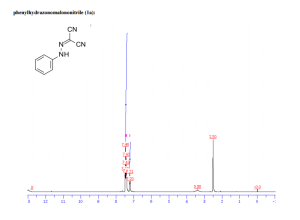


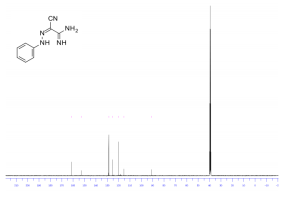

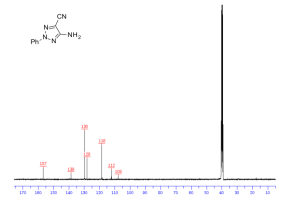 UCB Biopharma, Belgium
UCB Biopharma, Belgium


 Uniqsis FlowSyn
Uniqsis FlowSyn



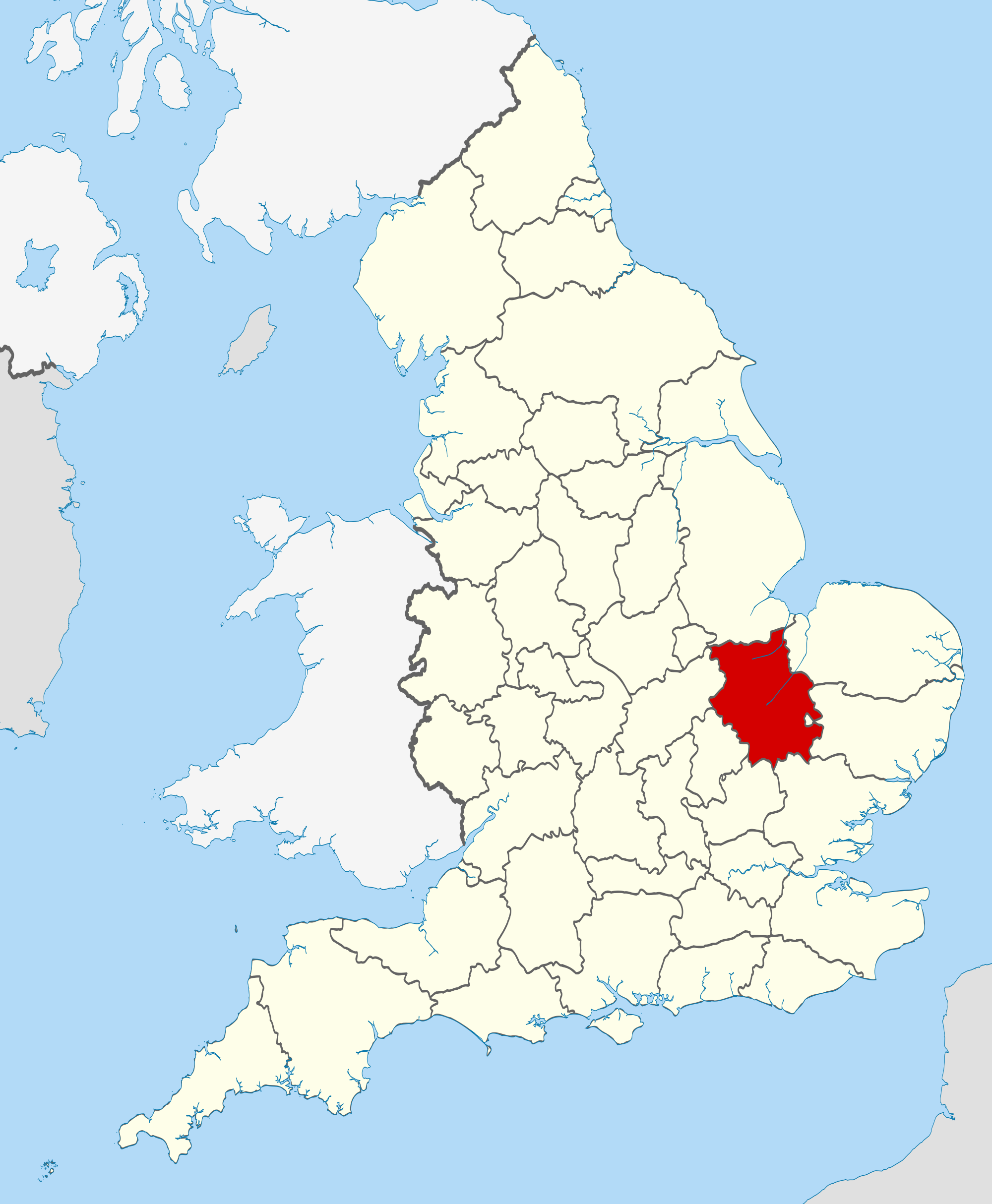





Halifax survey names South Cambridgeshire as best place to live in rural Britain
///////////FLOW SYNTHESIS,
UCB Biopharma, Belgium, Uniqsis FlowSyn
10 Best Regional Foods you must Try in Mumbai!
1. The Street Food
From
Paav Bhaji,
Vada Paav, potato and onion
Bhajias, Bombay sandwiches, street-side
Dosas,
Patti Samosas,
Pani Puri,
Sev Puri,
Dahi Puri,
Ragda Pattis, boiled Channa
Chaat,
Kala Khatta, raw mango slices and berries in Chinese
Bhel
Indian-style pizzas heaped with cheese to fresh fruit accompanied by
real dairy cream that is rare to find in most places. This is a
gastronomes delight. As layers of flavours, textures, colours create
dishes that pop in your mouth and hardly impact your pocket, it maybe
fun to play a guessing game of what came from where and how it may have
transformed here.
Where – In South Mumbai, Girgaum Chowpatty snack
shops, Bachelors for shakes, Indian style pizzas and sandwiches, and
Homji Street Khao Galli (Fort) offer a spectrum of street food. Cannon
(near CST) and Sardar (Tardeo) are famous for Pao Bhaji, Gurukrupa
(Sion) for Samosa Ragda and Haj Ali Juice Centre for fresh juices, fruit
cream, sandwiches and Indian style pizzas.
2. A Konkani Coastal Meal
The Konkan coast starts from Mumbai and goes on till Goa. Malvani cuisine is marked by the use of
garam masala and
red chilli. On the other hand, Gomantak cuisine is the coastal cuisine
of areas in and around Goa and is marked by the generous use of fresh
coconut and
kokum. In most Mumbai restaurants, you’ll find a mix
of Malvani and Gomatak cuisines. The curries here are tangy, coconut-y,
fiery with spice and red chilli and accompanied by rice as the primary
starch. Eat the catch of the day in a coconut-y curry poured over a heap
of steaming white rice or mop them up with the variety of breads unique
to this coast.
Where – Satkar (near Goregaon station) for Malvani,
Highway Gomantak (on the Western Express Highway, Bandra East) and Goa
House (Juhu), Singhudurg and Pradeep Gomatak (Fort).
3. A Typical Vegetarian Maharashtrian Meal
The star attractions that really pull crowds are snacks like
Thaali Peeth (a sort of a multigrain pancake or flatbread),
Kandha Pohe (flattened rice snack),
Sabudana Vada(sago and potato fritter flecked with roasted peanuts),
Misal Paav (a fiery curry made of pulses and fried nothings served with bun),
Kothimbir Vadi (coriander leaf and gram flour fritters) etc.
Aamras (fresh mango puree) when in season and
Kharwas (a jelly like milky pudding made from the milk of a cow that has just given birth) round off the meal perfectly.
Where: Aaswad (opposite Sena Bhavan in Dadar) and Prakash (Dadar) though
Vinay Health
Home (Charni Road) comes highly recommended as well.
4. A South Indian Meal
The saga of Udupi cuisine began in this city when Rama Nayak arrived
from Karnataka, in the 1940s. In Matunga, the area where a lot of South
Indians lived, he set up his establishment near the King Circle railway
station, and started cooking and serving authentic Udupi food on
plantain leaves. This was Mumbai’s humble initiation into the idli-dosai
menu. Soon Rama Nayak quadrupled his outlets into restaurants that are
still known for great, uncompromising South Indian food in the city.
Meanwhile, many other similar stories resulted in Udupi and Udupi-esque
restaurants that cropped up all over the city, to be the primary dining
room for the hungry working class of Mumbai.
Where: Most Udupi style restaurants have gotten
Mumbaified in their offerings but there still are a few in Matunga like Ramanayaks Udupi (the
thaali is what this place is most famous for), Udupi Idli House (absolutely fantastic range of
idlis,
chutneys and unlimited
sambhar), Café Madras (recommend almost everything here but the
Podi Upma and
Ragi Dosa are favourites), Ramashray (great
idlis and
dosas) and Manis Lunch Home (known for the
thaalis).
5. Bori Mohalla Food Trail
It is said that Bohris are a Muslim business community who came from
Gujarat and made great inroads into trade and commerce. The Muslim eat
street of Mumbai, offers a cuisine distinct from other Mughal/Muslim
cuisines of the country. While Mohammed Ali Road is famous for the food
it offers for Iftar during Ramzan, Bohri Mohallah is the hidden gem of
Mumbai that comes alive at dusk everyday, just as the evening prayers
are being said at the Saifee mosque near by. In these gallis you will
discover unique dishes of the Memon and Dawoodi Bohra inspired from
regions as diverse as Surat, Delhi, Lucknow to United Kingdom, Malaysia,
Iran, China and Yemen. Every kind of meat imaginable is on offer,
cooked in myriad ways, served up as kebabs or in rich gravies. Breads
range from naan to khamiri to fried paranthas and the murtabak like
Baida Roti.
Where: Savoury – Sarvii Valibhai Payawal, Surti 12
Handi (Handi), Noor Mohamadi Hotel (Chicken Sanju Baba, the recipe for
which was allegedly given to the hotel by Sanjay Dutt), Indian Hotel
(kebabs and rolls), Mohammed Kareem Chana Masale Wala (Channa Masala).
6. An Irani Cafe for a Parsi Meal
Irani cafes (Iranis were the second batch of Zoroastrians to come to
India from Persia) today offer simple menus with signature Parsi dishes
including Salli Boti (a fantastic dish of melting mutton in a
beautifully caramalised gravy, topped with crunchy fried potato straws),
Mutton Dhansak (meat cooked in a creamy gravy of lentils and spices),
Kheema Ghotala (curried minced mutton with an egg scrambled in, served
with paav for breakfast) all to be washed down with the syrupy raspberry
soda.
Where: Kyani (near Metro cinema) and Yazdani Bakery, Ideal
Corner, Jimmy Boy (try their new Parsi Wedding feast), Military Cafe
(all in Fort), Britannia (personally, I am of the opinion that the
Berry Pulav
is hyped but it certainly has great appeal and the berries themselves
are a lovely tart-sweet payoff). In the suburbs, I would highly
recommend the
Salli Boti at Ashmit’s Snack Shack (Bandra, Pali Junction).
7. A Mangalorean Meal
The food along the west coast of India is a continuum of gradually
transforming flavours. As you reach Mangalore things start to get more
meaty. The seafood and meat gravies including
Ghassi (the most famous gravy of this region) are served up with the silky gossamer like
Neer Dosa (thin rice pancakes). The coconut laden
Sukkapreparations of mutton, squid or clams make for another brilliant combination with the soft
Neer Dosas. Chicken
Roti,
another specialty of Mangalore is an intriguing dish of chicken curry
with a roasted coconut gravy, served over crisp rice cracker ‘
Kori Roti‘ that softens into a
dosa on soaking up the chicken gravy.
Where: Apoorva (Fort) and Pratap Lunch Home (Fort)
offer fantastic home-style food while Trishna (Fort) and Mahesh (Fort
and Juhu) are more famous high end ones; great if you want to try crabs,
jumbo prawns, lobster and pomfret in a tandoori masala or International
sauces.
8. A Modern American/International Meal
An experience of Mumbai food would be incomplete without including
the modern American/Continental, trendy, upmarket but just about
affordable restaurants that have cropped up all over the city. A trend
spearheaded by the enduring Indigo Restaurant and Deli which has become
an institution in itself, these restaurants are rapidly increasing in
number, available now in almost every mall as well as peppered around
major office areas.
Where: Indigo Deli branches around the city, Indigo Restaurant
(Colaba) broke new ground a decade ago in offering five star quality
contemporary international food at relatively affordable prices in
restaurants around the city.
9. Mumbai’s Old School Bars
While Mumbai, like other Indian cities has its share of international
food to offer, your experience would be incomplete without a mention of
its age old bars that attract tourists and city dwellers as much or
maybe more for their ambiance and location as for the food. The food is a
mix of ‘continental’ (Indianised grills, steaks, burgers, sandwiches,
pastas) with the essential North Indian and Chinese thrown in for good
measure. The colonial Parsi cafe meets old school 80’s pub meets dingy,
overcrowded street-side restaurant ambiance of the ones in South Mumbai
makes these almost into a right of passage for city new comers and
college students.
Where: Leopold, Café Mondegar and Café Churchill all
flank the Taj Mahal Hotel in Colaba. Totos Garage and Janata Bar are
both in Bandra.
10. Regional Bests
If you want to try seriously authentic versions of cuisines from
parts of the country you have never been to before, the city does offer a
few restaurants that just about manage to escape Mumbaification.
Where: Head to Bhojohori Manna (Oshiwara) for
superlative home-style Bengali food, Punjab Grill (Juhu or Phoenix
Mills) for fantastically authentic Punjabi fare. Soam (Girgaum) and
Hiralal Kashidas (Girgaon) make fantastic Gujarati Undhiyo when the
season is right. Deluxe (Fort) and Just Kerala (Andheri East) are known
for their non-vegetarian Kerala meal, Chetna (Fort) for its Rajasthani
thali and Maharaja Bhog (Goregaon, Inorbit Mall) for a Gujarati and
Rajasthani melange.
/////////



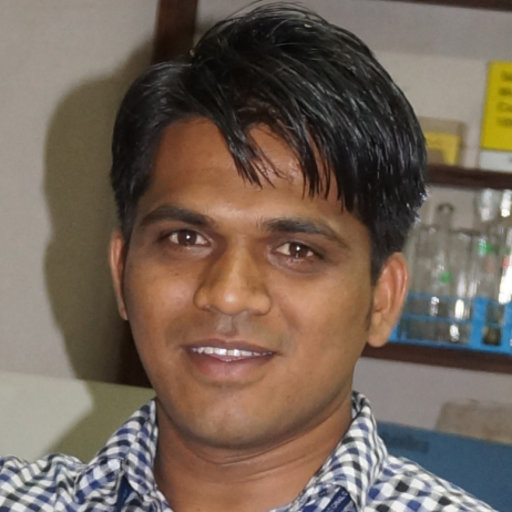
 DRUG APPROVALS BY DR ANTHONY MELVIN CRASTO …..FOR BLOG HOME CLICK HERE
DRUG APPROVALS BY DR ANTHONY MELVIN CRASTO …..FOR BLOG HOME CLICK HERE amcrasto@gmail.com
amcrasto@gmail.com



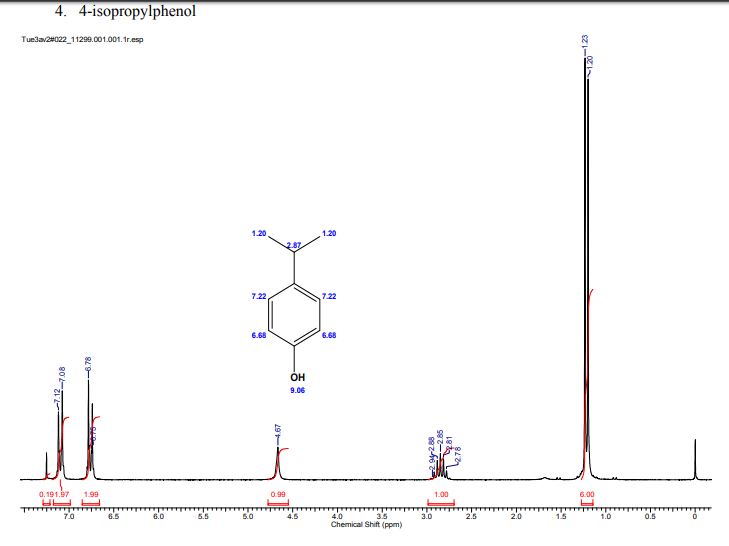




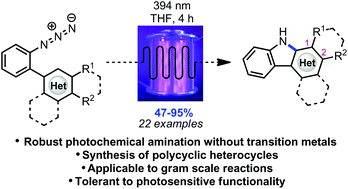


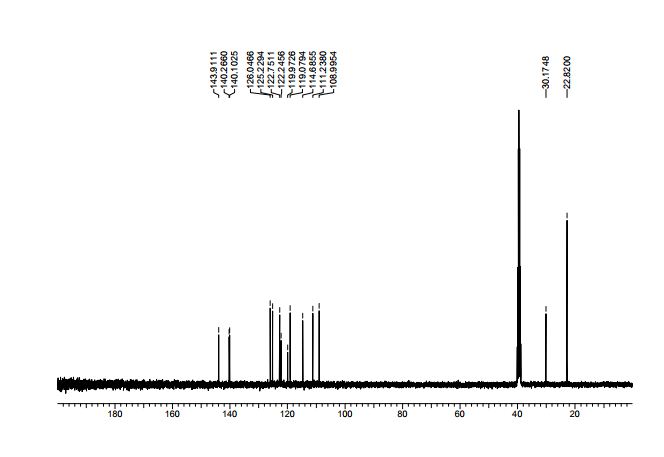







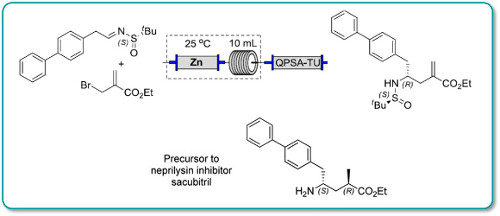


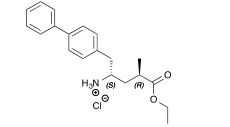
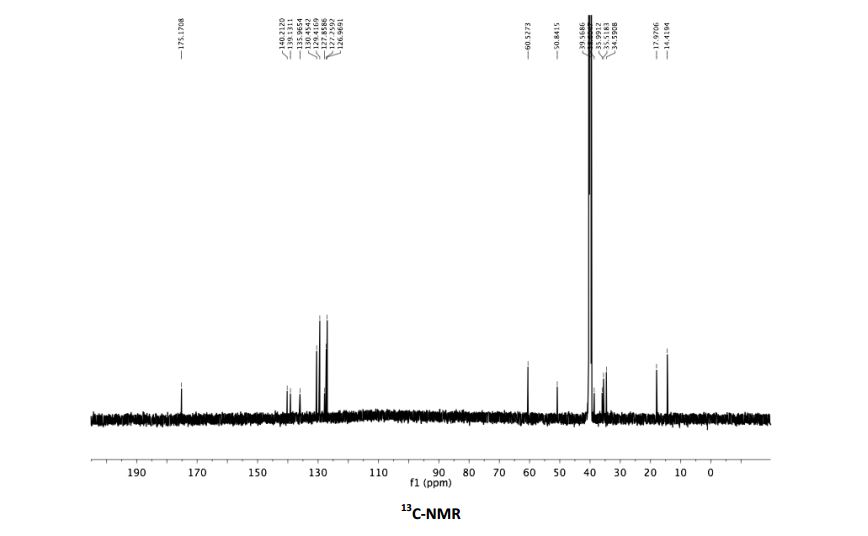
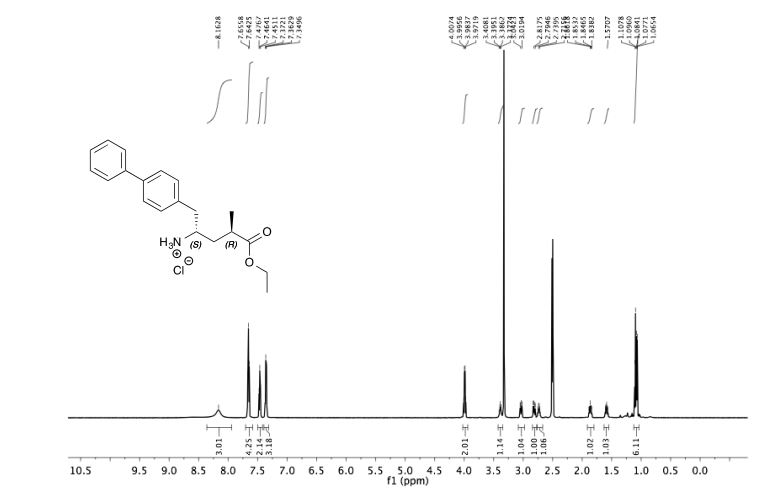
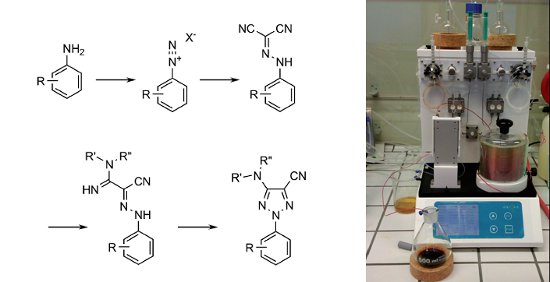











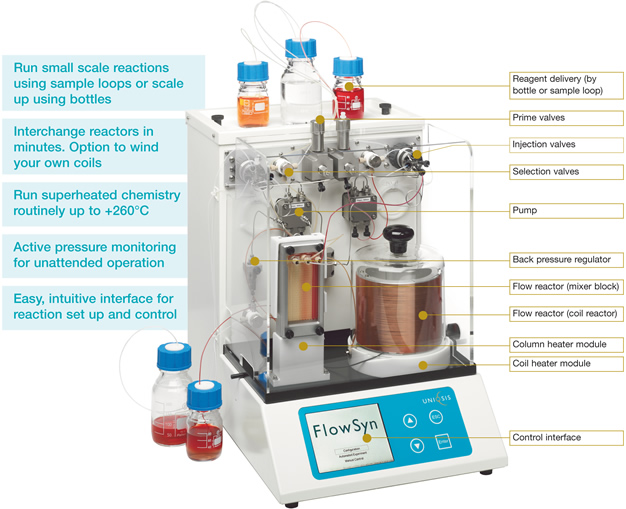





 Halifax survey names South Cambridgeshire as best place to live in rural Britain
Halifax survey names South Cambridgeshire as best place to live in rural Britain